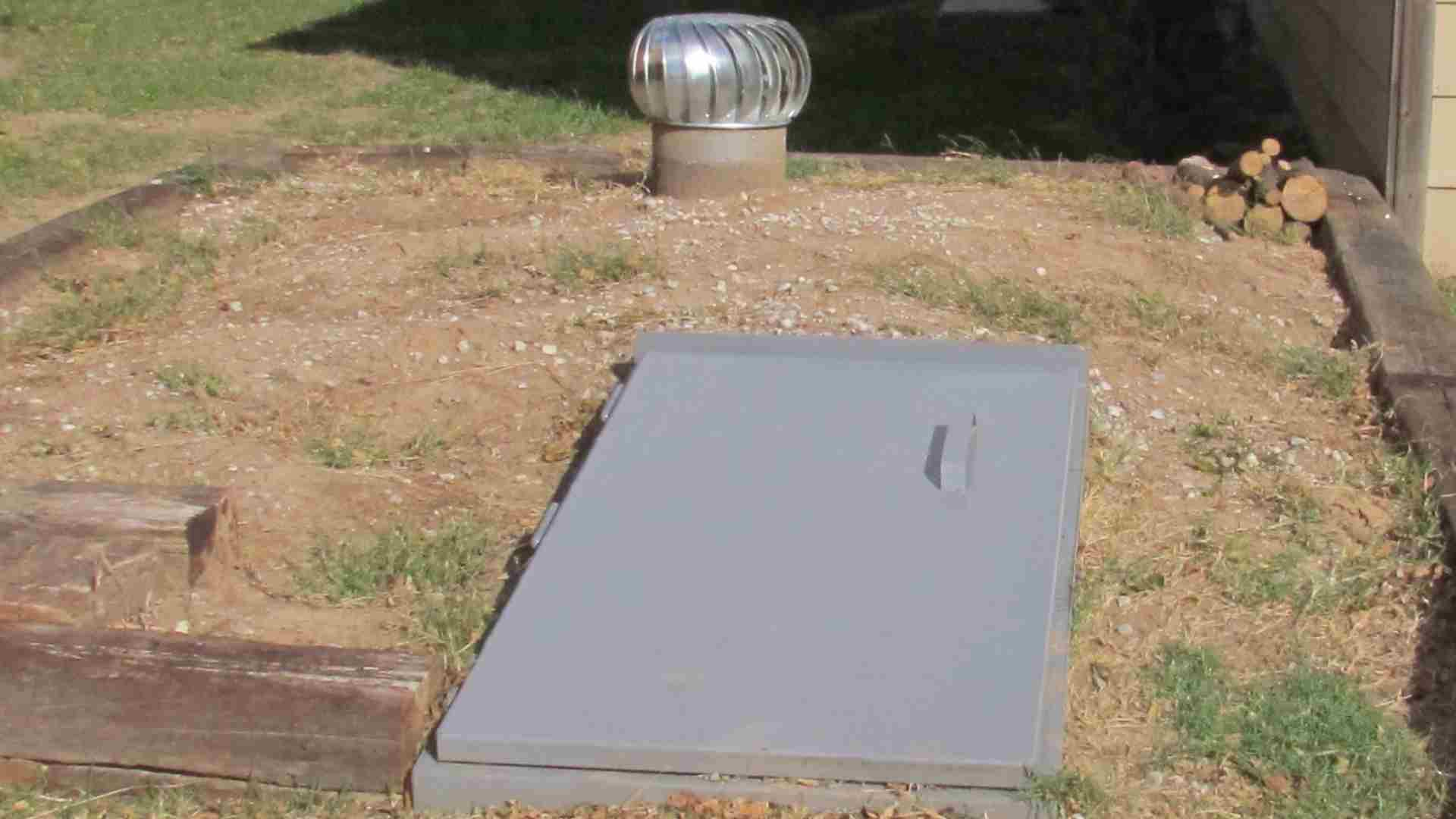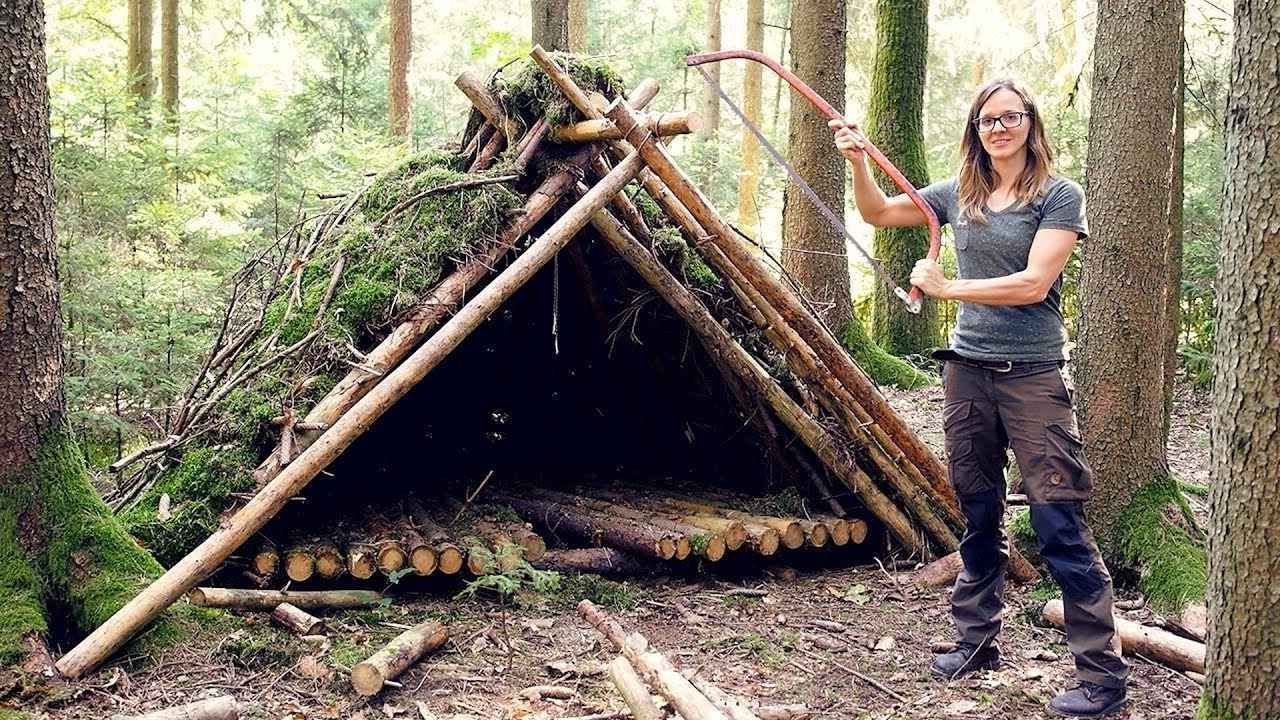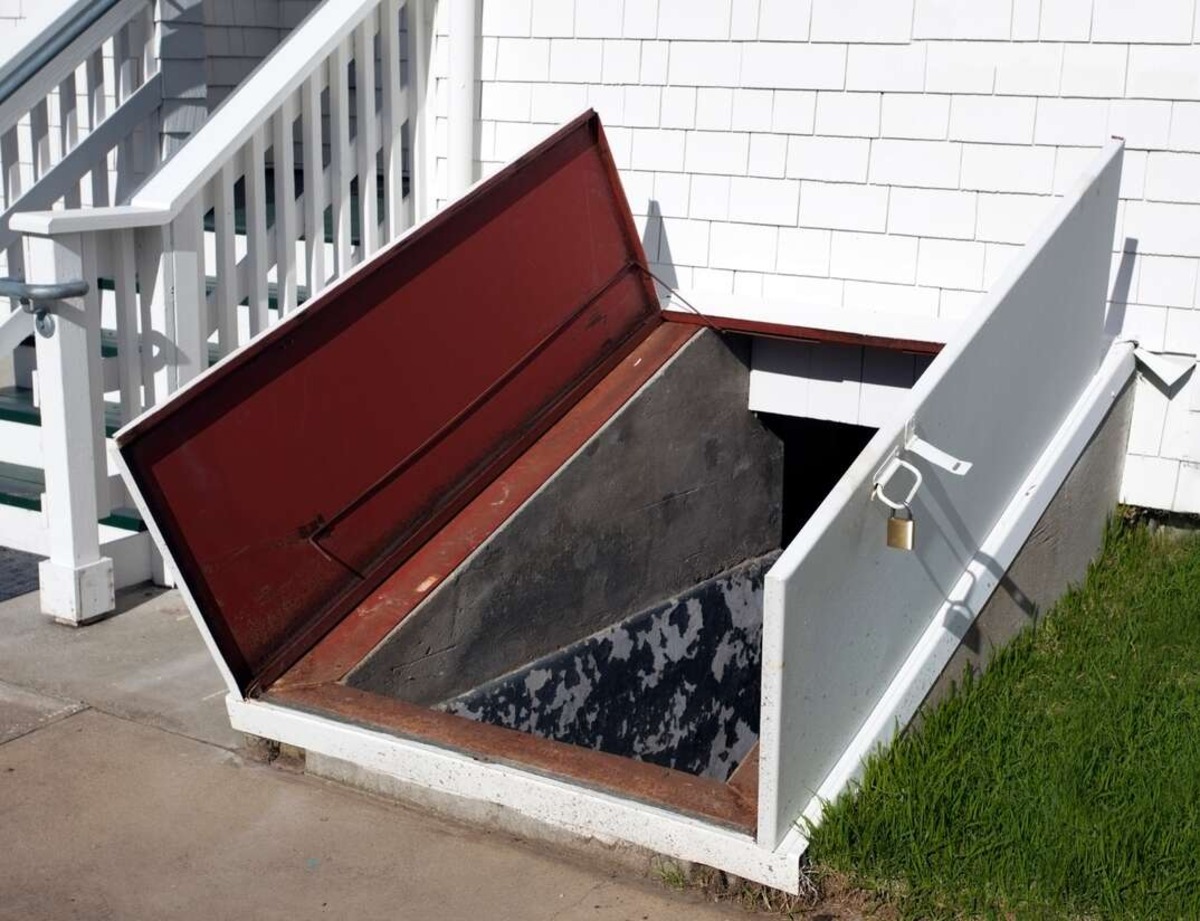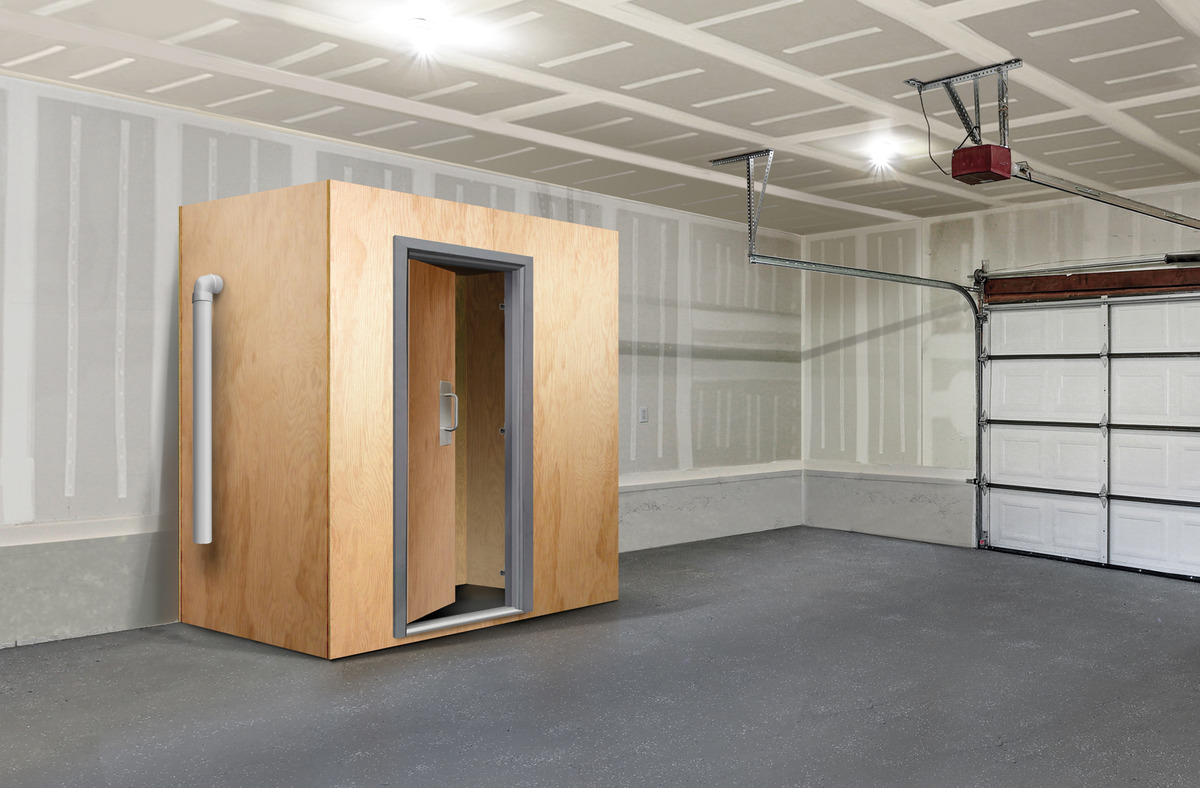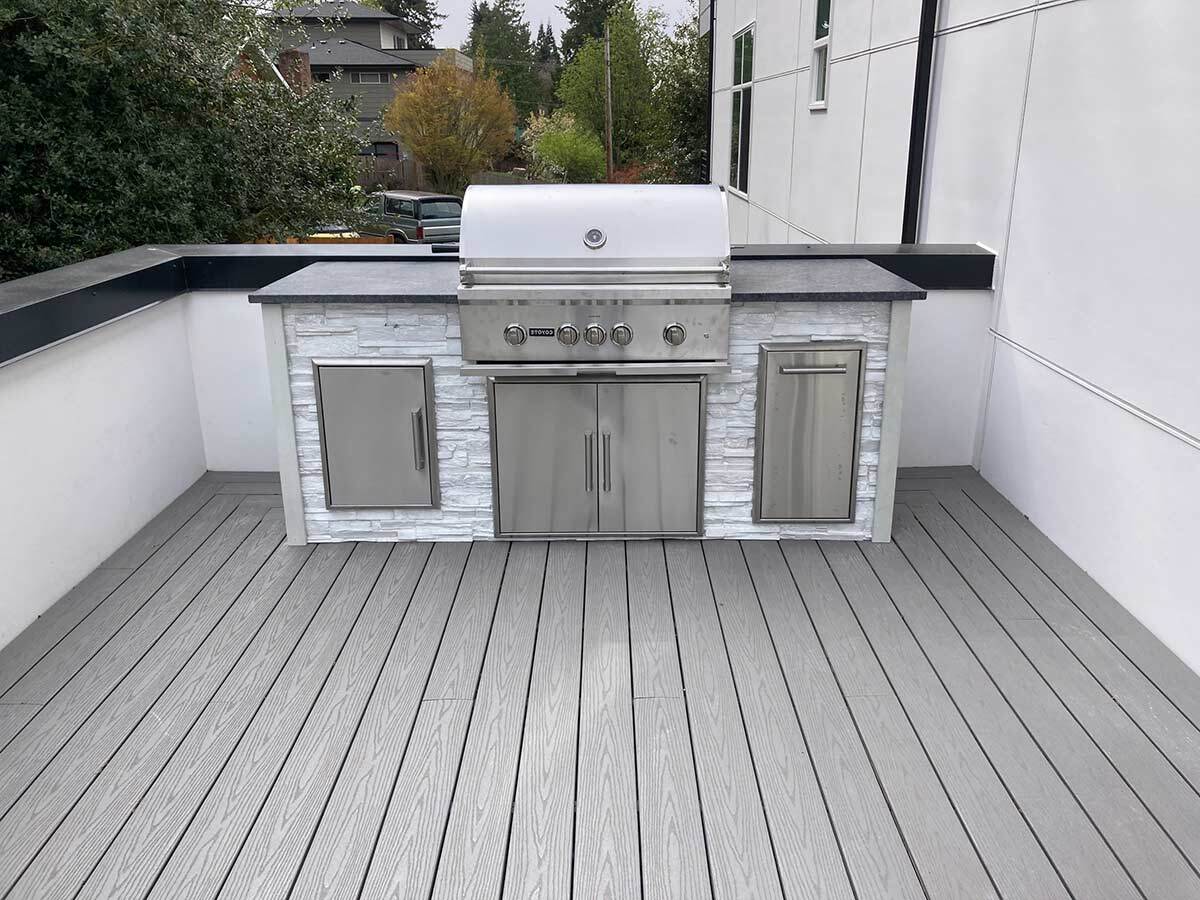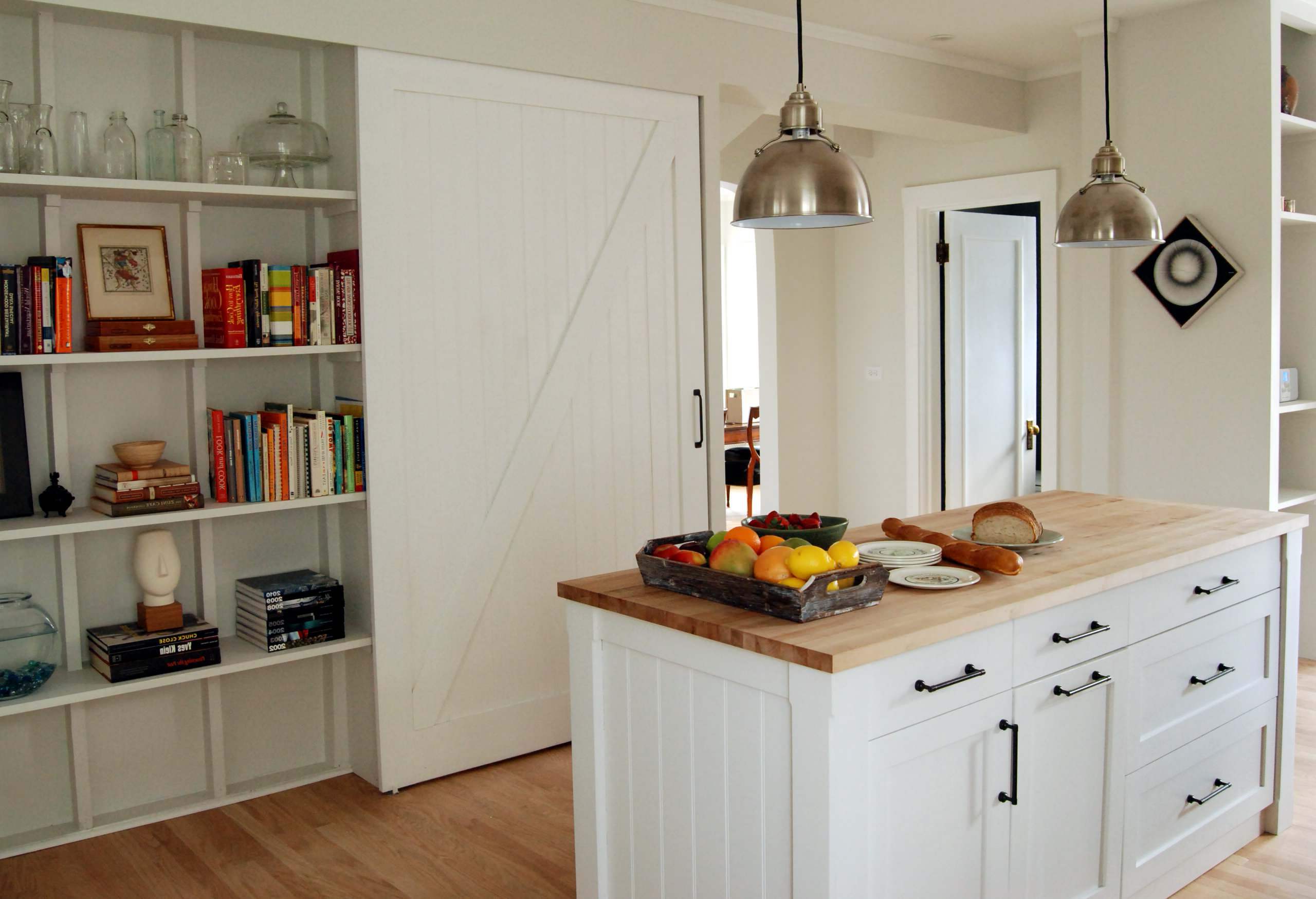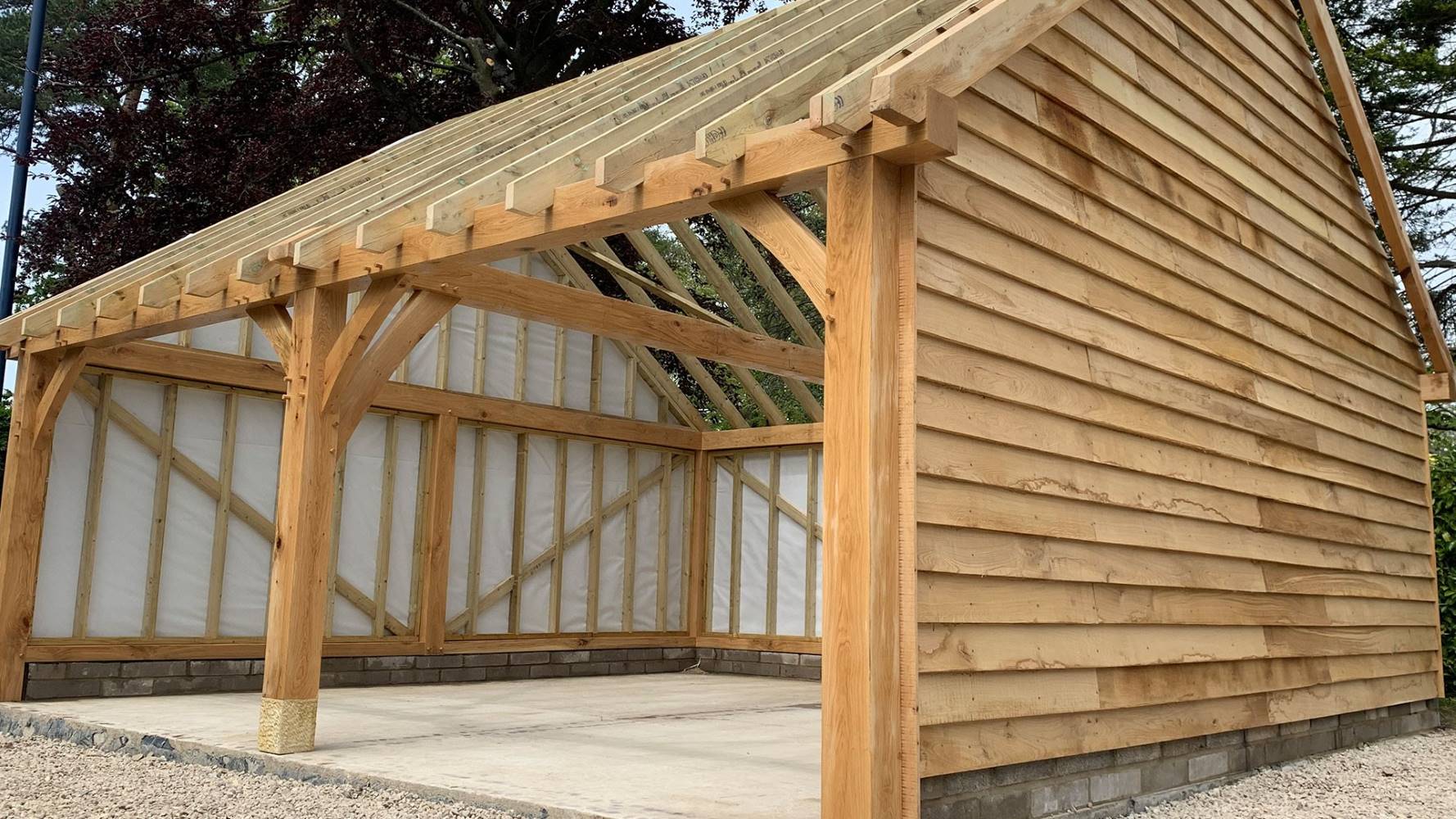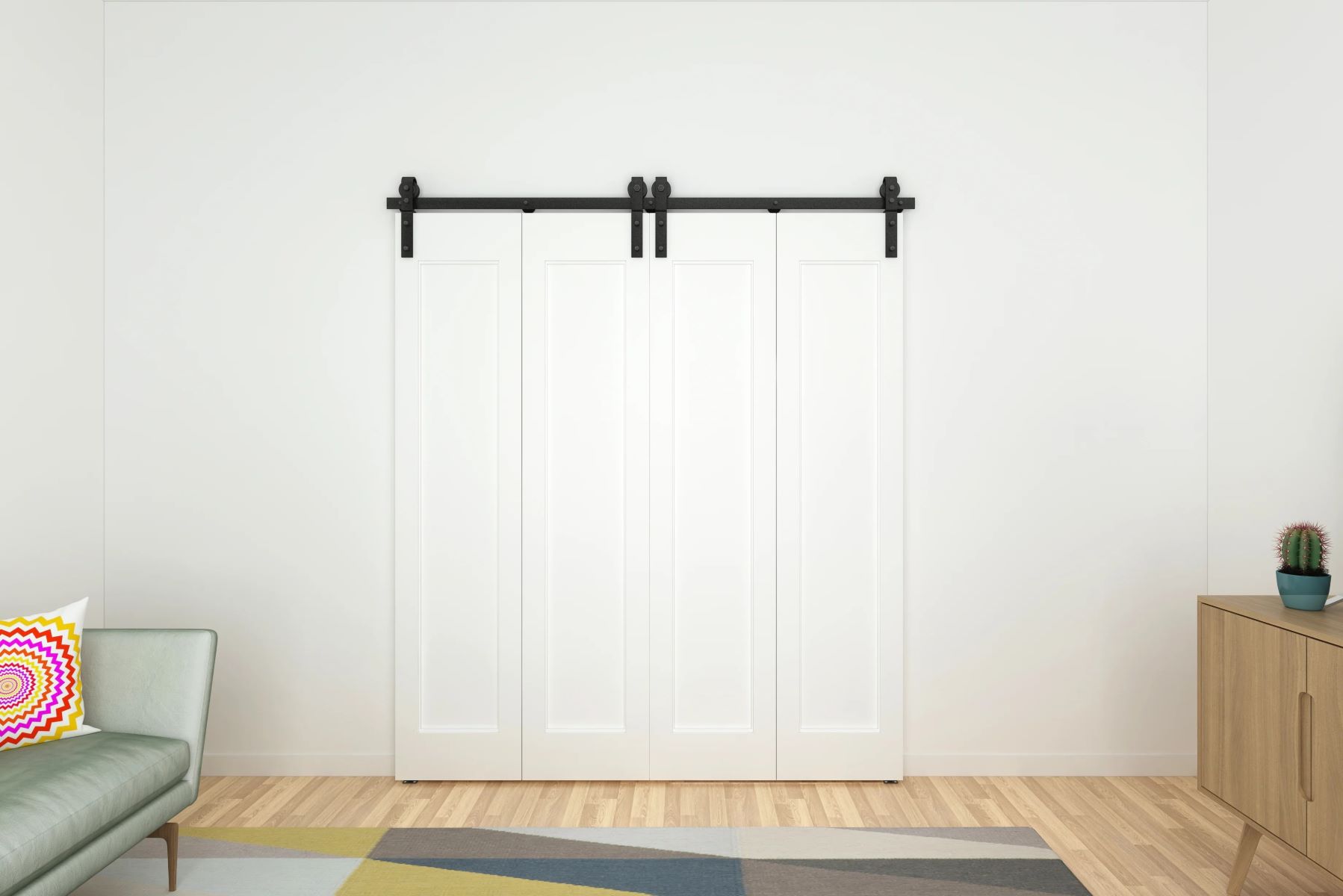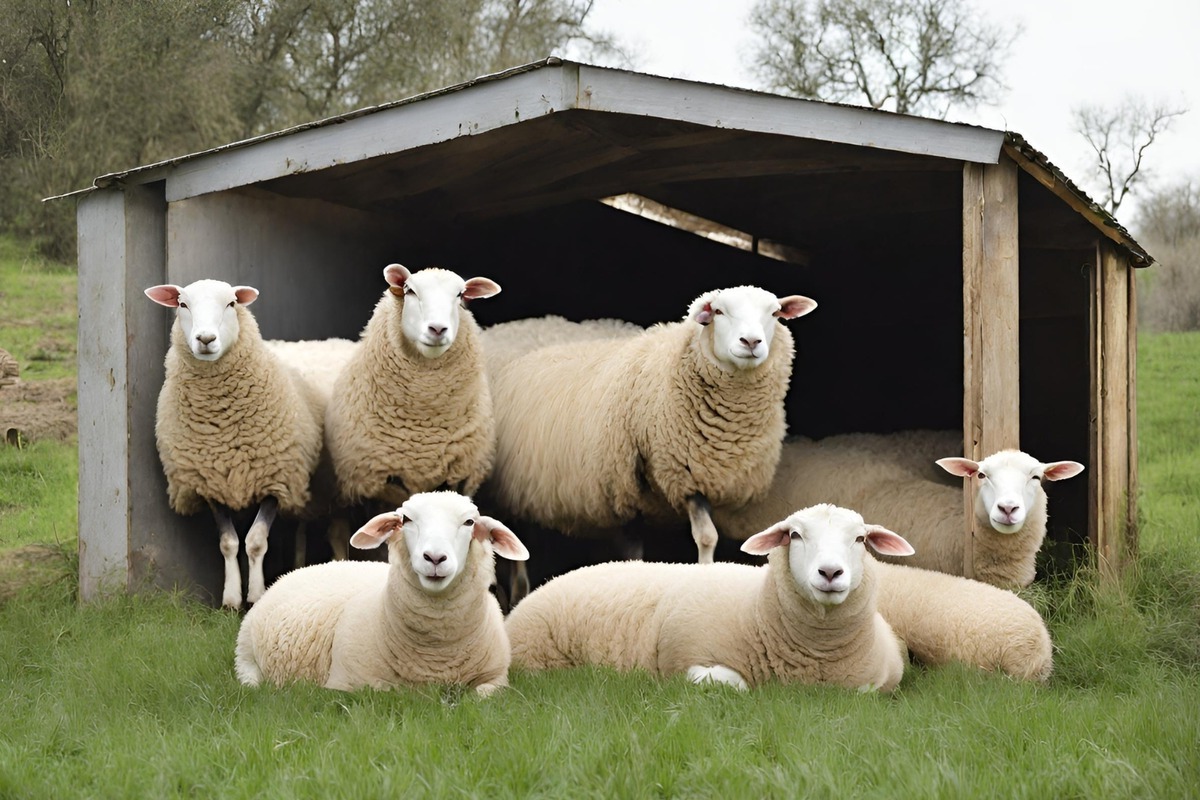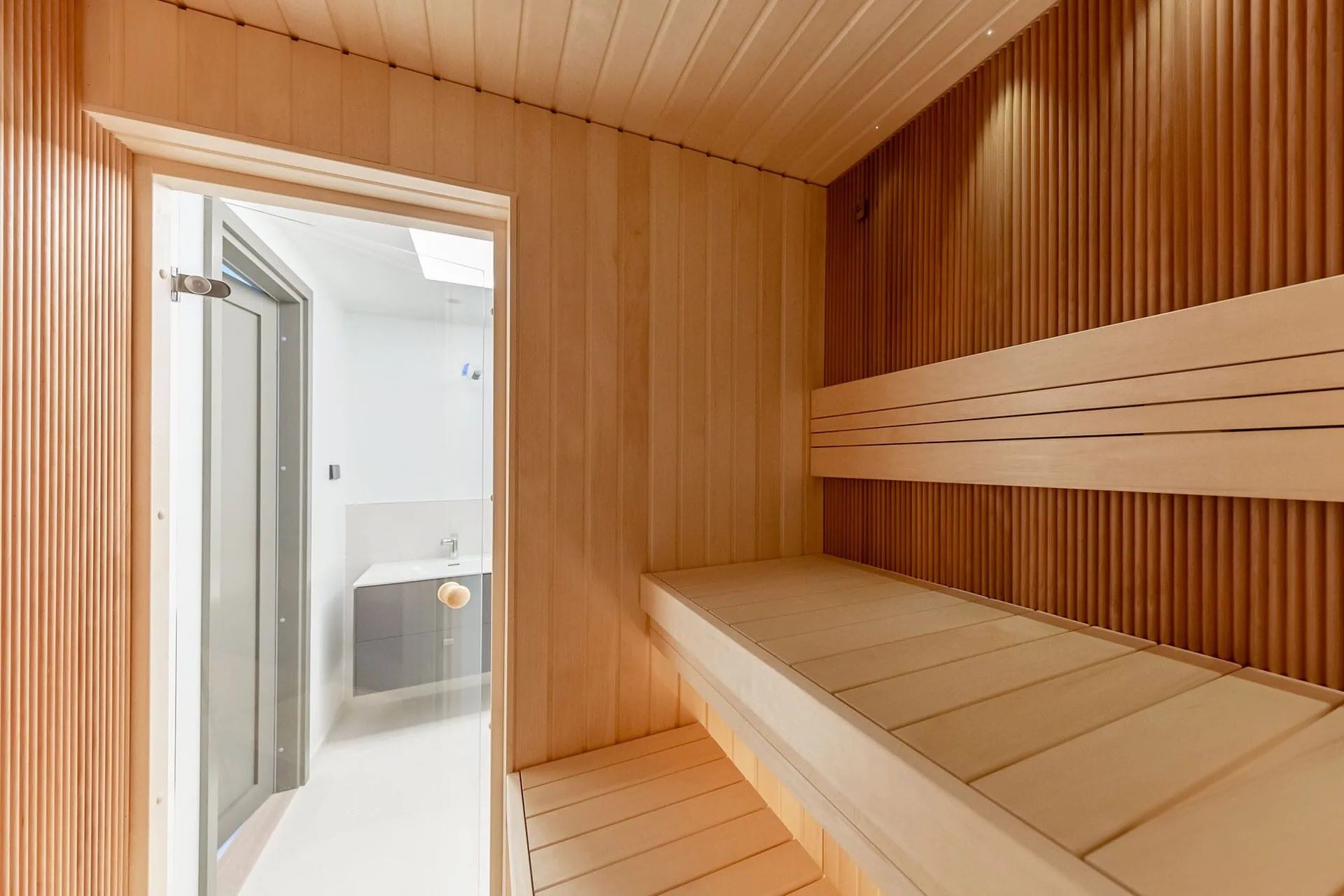Home>Create & Decorate>DIY & Crafts>Igloo Building: A DIY Guide To Crafting Your Own Arctic Shelter
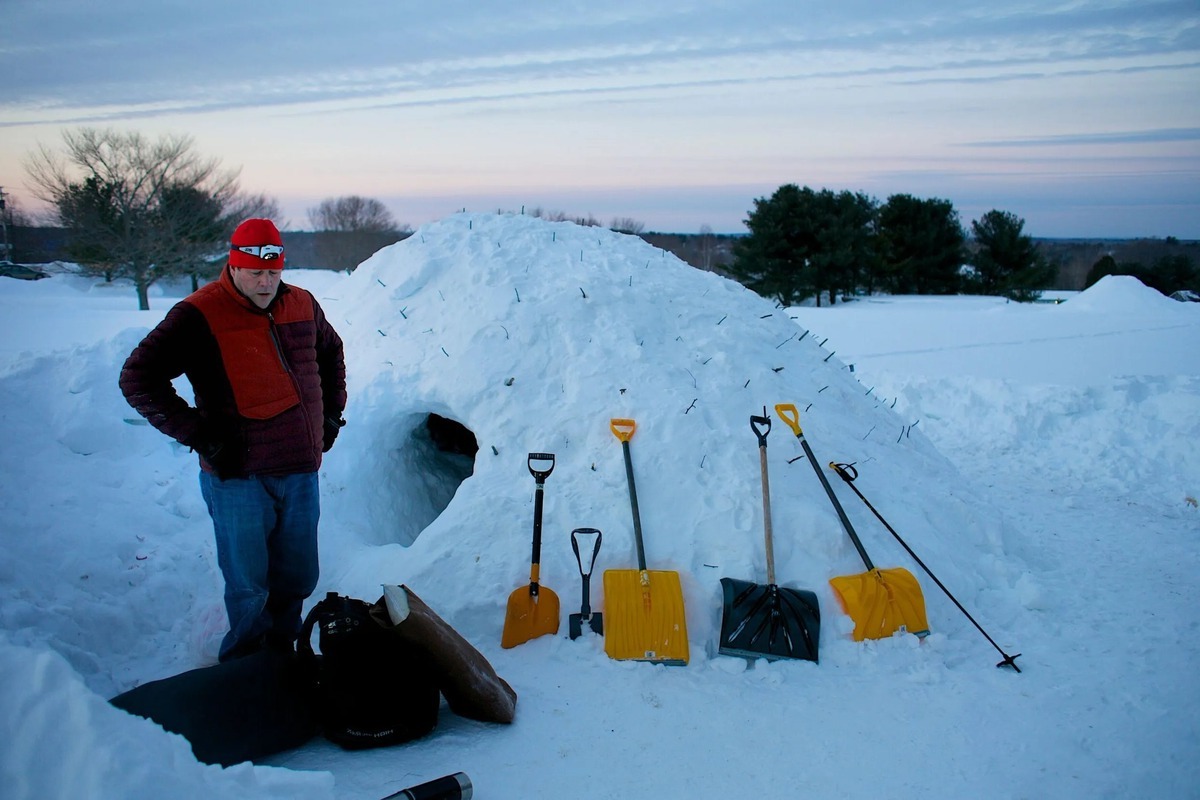

DIY & Crafts
Igloo Building: A DIY Guide To Crafting Your Own Arctic Shelter
Published: February 22, 2024

Senior Editor in Create & Decorate, Kathryn combines traditional craftsmanship with contemporary trends. Her background in textile design and commitment to sustainable crafts inspire both content and community.
Learn how to build your own igloo with this comprehensive DIY guide. Perfect for DIY & Crafts enthusiasts looking to craft their own Arctic shelter.
(Many of the links in this article redirect to a specific reviewed product. Your purchase of these products through affiliate links helps to generate commission for Twigandthistle.com, at no extra cost. Learn more)
Introduction
Welcome to the fascinating world of igloo building! Crafting your own arctic shelter is not only a practical skill but also an incredibly rewarding and enriching experience. Whether you're an outdoor enthusiast, a DIY aficionado, or simply someone seeking a unique adventure, learning the art of igloo construction can be both educational and enjoyable.
In this comprehensive guide, we will delve into the intricacies of building an igloo, from understanding the fundamental principles to mastering the step-by-step process. You will discover the essential tools and materials required, as well as valuable tips to ensure the sturdiness and insulation of your igloo. By the end of this journey, you will be equipped with the knowledge and confidence to embark on your own igloo-building endeavor.
So, prepare to embark on a captivating journey through the snow-covered landscapes, where you will harness the power of nature's building blocks to create a shelter that has withstood the test of time. Let's dive into the world of igloo building and unleash your creativity and resourcefulness in crafting a functional and remarkable structure amidst the wintry wilderness.
Read more: How To Build A Dugout Shelter
Understanding Igloo Building
The art of igloo building has been honed over centuries by indigenous Arctic communities, who have mastered the craft of constructing snow shelters that provide warmth and protection in the harshest of environments. Understanding the principles behind igloo building is essential for anyone venturing into this unique form of shelter construction.
At its core, an igloo is a dome-shaped structure made entirely of compressed snow blocks. The ingenious design of the igloo allows it to withstand extreme cold and wind, providing a safe haven for its occupants. The key to its structural integrity lies in the properties of snow itself. When compacted and shaped into blocks, snow becomes a remarkably strong and insulating building material.
The shape of the igloo is not merely for aesthetic appeal; it serves a crucial purpose. The dome shape allows for even distribution of weight, preventing collapse under the heavy snow loads common in Arctic regions. Additionally, the curved structure minimizes surface area, reducing heat loss and making the interior warmer than the surrounding environment.
Understanding the snow conditions is paramount in igloo building. Not all snow is suitable for constructing an igloo. Dry, powdery snow lacks the cohesion necessary for compacting into sturdy blocks, while wet, heavy snow can lead to unstable construction. Ideal igloo-building snow is slightly moist, allowing for easy shaping and bonding when compacted.
Furthermore, comprehending the significance of ventilation and entrance placement is vital. Proper ventilation prevents the accumulation of carbon dioxide inside the igloo, while strategic entrance positioning minimizes heat loss and shields the interior from harsh winds.
By grasping the fundamental principles of igloo building, you will gain a profound appreciation for the resourcefulness and ingenuity of those who have relied on this traditional form of shelter for generations. With this knowledge as your foundation, you are ready to embark on the practical aspects of igloo construction, equipped with a deeper understanding of the art and science behind this remarkable arctic shelter.
Selecting the Right Snow
Selecting the right snow is a critical first step in the process of building a sturdy and reliable igloo. Not all snow is created equal when it comes to igloo construction. The ideal snow for building an igloo is slightly moist and packs together easily, allowing for the formation of strong, cohesive snow blocks.
When scouting for the perfect snow, look for areas where the snow has undergone multiple freeze-thaw cycles. This process causes the snow crystals to bond together, resulting in a more compact and stable snowpack. Additionally, freshly fallen snow can be suitable for igloo construction if it possesses the right moisture content. However, it's essential to avoid using powdery or dry snow, as it lacks the necessary cohesion to form durable snow blocks.
The texture of the snow is also a crucial factor to consider. The snow should hold its shape when compacted, indicating that it has the right moisture content for building. It should not crumble or disintegrate easily, as this would compromise the structural integrity of the igloo.
Furthermore, the depth of the snowpack is an important consideration. Adequate snow depth is required to carve out the necessary blocks for constructing the igloo. A depth of at least 12 to 18 inches (30 to 45 centimeters) is generally recommended to ensure the availability of sufficient snow for building the walls of the igloo.
In addition to the physical characteristics of the snow, the location from which the snow is gathered is also significant. Look for areas that are sheltered from the wind and sun, as these conditions help maintain the desired moisture content in the snow. Wind-exposed snow tends to be more compacted and may have a lower moisture content, making it less suitable for igloo construction.
By carefully selecting the right snow, you set the foundation for a successful igloo-building endeavor. The quality of the snow directly impacts the strength and stability of the igloo, making it essential to exercise diligence in choosing the most suitable snow for this remarkable arctic shelter.
Tools and Materials Needed
Building an igloo requires a specific set of tools and materials to effectively shape and assemble the snow blocks into a sturdy shelter. Here's a comprehensive list of the essential items you'll need to embark on your igloo-building adventure:
Tools:
-
Snow Saw or Snow Knife: A specialized snow saw or snow knife is indispensable for cutting uniform snow blocks from the compacted snowpack. These tools are designed to slice through snow with precision, allowing for the creation of consistent building blocks essential for constructing a stable igloo.
-
Snow Shovel: A sturdy snow shovel is essential for excavating the snow and clearing the building site. It facilitates the gathering of snow for block formation and provides a means to create a level foundation for the igloo.
-
Snow Probe or Stick: A snow probe or a long stick can be used to assess the depth and quality of the snowpack. It helps in identifying suitable areas with the right snow characteristics for igloo construction.
-
Trowel or Paddle: A trowel or paddle, preferably made of plastic or metal, is useful for shaping and smoothing the snow blocks, ensuring a snug fit during assembly.
-
Measuring Tape: A measuring tape comes in handy for maintaining uniform dimensions while cutting the snow blocks, contributing to the structural integrity of the igloo.
-
Brush or Broom: A brush or broom can be used to remove loose snow particles and debris from the snow blocks, promoting better bonding during assembly.
Read more: How To Build A Shelter
Materials:
-
Snow: The primary material for building an igloo is, of course, snow. Selecting the right snow, as discussed earlier, is crucial for the success of the construction process.
-
Optional: Ice Blocks or Bricks: In certain conditions, using ice blocks or bricks can reinforce the structure and enhance the igloo's durability, especially in areas where the snow quality may be less than ideal.
-
Optional: Snow Blocks for Flooring: For added insulation and comfort, you may consider creating a raised platform inside the igloo using snow blocks, providing a dry and insulated surface to rest or sleep on.
By ensuring that you have the necessary tools and materials at your disposal, you can confidently proceed with the construction of your igloo, equipped to overcome the challenges and intricacies of this unique building endeavor.
Step-by-Step Guide to Building an Igloo
Building an igloo is a fascinating process that involves precision, patience, and a deep understanding of snow dynamics. Follow these step-by-step instructions to embark on your igloo-building adventure:
-
Select a Suitable Location: Choose a flat, open area with compacted snow that meets the criteria for igloo construction, as discussed earlier. Ensure that the location provides ample space for the igloo and offers the right snow conditions for building.
-
Mark the Igloo's Perimeter: Using a long stick or snow probe, outline the perimeter of the igloo. The diameter of the igloo will depend on the desired size of the shelter. A typical igloo may have a diameter of 6 to 8 feet (1.8 to 2.4 meters).
-
Cut and Gather Snow Blocks: With the snow saw or snow knife, carefully cut uniform blocks of snow from the compacted snowpack. Each block should be approximately 2 feet wide, 3 feet long, and 1 foot thick (0.6 by 0.9 by 0.3 meters). The number of blocks required will depend on the size of the igloo.
-
Begin the Base Layer: Start by laying the first row of snow blocks along the marked perimeter. Ensure a snug fit between the blocks, pressing them firmly together to create a solid foundation. Gradually slope the blocks inwards to form a gentle incline.
-
Create the Dome Structure: As you progress to the subsequent layers, gradually angle the snow blocks inwards to create the characteristic dome shape of the igloo. Each layer should slightly overlap the one below it, forming a spiraling pattern.
-
Shape the Entrance: Leave an opening for the entrance while constructing the dome. The entrance should be lower than the rest of the igloo to prevent heat loss and shield the interior from wind.
-
Complete the Dome: Continue adding layers of snow blocks until you reach the top of the dome. The final block at the apex may need to be custom-shaped to fit snugly and complete the structure.
-
Smooth and Insulate: Use a trowel or paddle to smooth the interior and exterior surfaces of the igloo, ensuring a tight seal between the blocks. This step enhances the insulation properties of the igloo.
-
Create Ventilation Holes: Once the igloo is complete, use a tool to create small ventilation holes near the top of the structure. These holes allow for air circulation and prevent the buildup of carbon dioxide inside the igloo.
-
Reinforce if Necessary: In challenging snow conditions, consider reinforcing the igloo with ice blocks or bricks to bolster its strength and durability.
By following these step-by-step instructions, you can master the art of building an igloo, creating a remarkable shelter that stands as a testament to human ingenuity and adaptability in the face of nature's challenges.
Tips for a Sturdy and Insulated Igloo
Creating a sturdy and well-insulated igloo is essential for ensuring its longevity and providing a comfortable living space in the harsh arctic environment. Here are valuable tips to enhance the structural integrity and insulation properties of your igloo:
-
Compact the Snow Blocks Thoroughly: When cutting and shaping snow blocks, ensure they are densely packed to maximize their strength and stability. Well-compacted snow blocks form a solid foundation for the igloo, minimizing the risk of shifting or collapsing under the weight of accumulated snow.
-
Angle the Blocks Precisely: As you construct the dome, pay close attention to the angle at which each snow block is placed. The precise angling of the blocks is crucial for maintaining the structural integrity of the igloo. A consistent inward slope ensures that the dome distributes the weight evenly, reducing the risk of deformation or collapse.
-
Smooth the Interior Surface: Using a trowel or paddle, meticulously smooth the interior surface of the igloo. This not only creates a snug fit between the blocks but also enhances the insulation properties of the structure. A well-smoothed interior minimizes air gaps, preventing heat loss and creating a more comfortable living environment.
-
Add an Insulating Layer: For additional insulation, consider adding a layer of loose snow or snow blocks to the exterior of the completed igloo. This extra layer acts as a thermal barrier, further shielding the interior from the cold and wind. It also contributes to the overall strength of the igloo.
-
Position the Entrance Strategically: The entrance of the igloo plays a critical role in maintaining interior warmth and minimizing heat loss. Ensure that the entrance is positioned lower than the interior floor level, creating a cold trap that prevents warm air from escaping. Additionally, consider using a block or fabric to cover the entrance when not in use, further insulating the interior.
-
Create Ventilation Holes: While insulation is crucial, adequate ventilation is equally important. After completing the igloo, carefully create small ventilation holes near the top of the structure. These holes allow for air circulation, preventing the buildup of carbon dioxide while maintaining a comfortable and breathable interior environment.
By implementing these tips, you can elevate the sturdiness and insulation of your igloo, transforming it into a resilient and cozy shelter that effectively withstands the rigors of the arctic climate.
Conclusion
Embarking on the journey of igloo building unveils a captivating fusion of ancient wisdom and modern ingenuity. As the snow blocks seamlessly interlock, forming a protective dome, the art of crafting an arctic shelter becomes a testament to human adaptability and resourcefulness. The process of selecting the right snow, meticulously shaping the blocks, and assembling them into a sturdy igloo transcends mere construction; it embodies a profound connection to nature and the resilience of the human spirit.
The allure of igloo building extends far beyond its practical utility. It beckons adventurers and DIY enthusiasts to embrace the challenges of the wintry landscape, fostering a deep appreciation for the interplay of natural elements and human craftsmanship. Each carefully positioned snow block and meticulously smoothed surface reflects the dedication and artistry woven into the fabric of the igloo.
Moreover, the journey of igloo building is a celebration of cultural heritage and traditional knowledge passed down through generations. It pays homage to the indigenous communities who have honed this craft, relying on its protective embrace in the most unforgiving environments. By immersing oneself in the art of igloo construction, one becomes a custodian of this timeless tradition, perpetuating its legacy through hands-on experience and reverence for its origins.
As the final ventilation holes are carefully crafted, allowing the exchange of air within the completed igloo, a sense of accomplishment and reverence permeates the wintry air. The igloo stands not merely as a shelter but as a testament to human creativity and adaptability, embodying the harmonious coexistence between humanity and the natural world.
In conclusion, the art of igloo building transcends the mere act of construction; it embodies a profound connection to nature, a celebration of cultural heritage, and a testament to human resilience. By embracing the challenges and intricacies of igloo construction, one embarks on a transformative journey, forging a deep bond with the timeless wisdom of traditional craftsmanship and the enduring spirit of human innovation.

